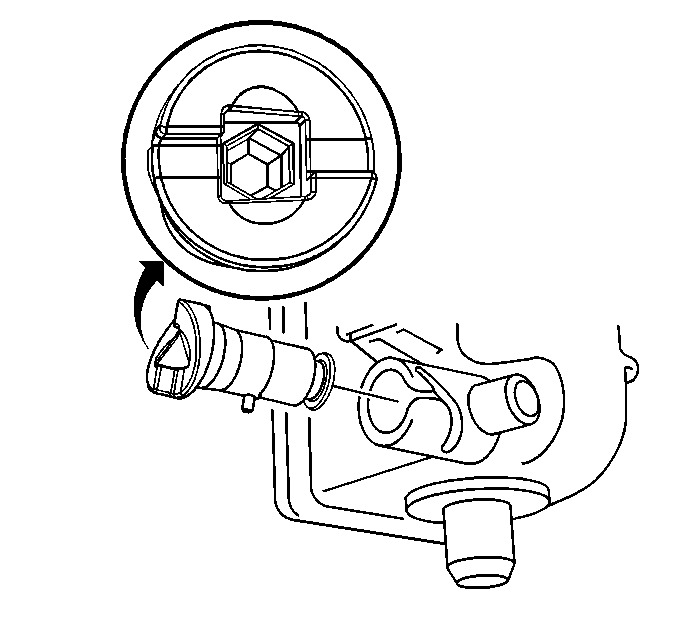Draining Procedure
- Place a drain pan under the radiator drain cock.
- After the engine cools down, remove the radiator cap.
- Using a 1/4 inch drive, completely open the radiator drain cock.
- Allow the coolant to drain from the system until the flow stops.
- Place a drain pan under the heater hoses.
- Remove the large heater hose from the heater fitting.
- Allow the coolant to drain from the block until the flow stops. There may be more drainage from the radiator at this time.
- Install the heater hose.
- Close the radiator drain cock.
Caution: Under pressure, the temperature of the solution in the radiator can be considerably higher, without boiling. Removing the radiator cap while the engine is hot (pressure is high), will cause the solution to boil instantaneously, with explosive force. The solution will spew out over the engine, fenders, and the person removing the cap. Serious bodily injury may result. Flammable antifreeze, such as alcohol, is not recommended for use at any time. Flammable antifreeze could cause a serious fire.

Filling Procedure
- Ensure that the radiator drain cock is closed.
- Ensure that the heater hoses are secure to the fittings.
- Add the DEX-COOL® to the radiator, then add clean drinkable water to the cooling system. If you use the old coolant, ensure that the solution is clean and clear, and that the solution is a 50/50 mixture of DEX-COOL® and water.
- Place a large top funnel in the radiator filler neck or surge tank.
- Slowly pour in the coolant. Because the thermostat is closed, filling the cooling system may be slow.
- After you fill the cooling system, start the engine and let the cooling system warm up. When the thermostat opens, the coolant level may drop. If the level drops, add coolant as needed.
- Install the radiator cap.
- Inspect the coolant level in the recovery reservoir tank. Add coolant as needed.
Notice: When adding coolant, use DEX-COOL® coolant. If silicated coolant is added to the system, premature engine, heater core or radiator corrosion may result. In addition, the engine coolant will require change sooner-at 50 000 km (30,000 mi) or 24 months.

